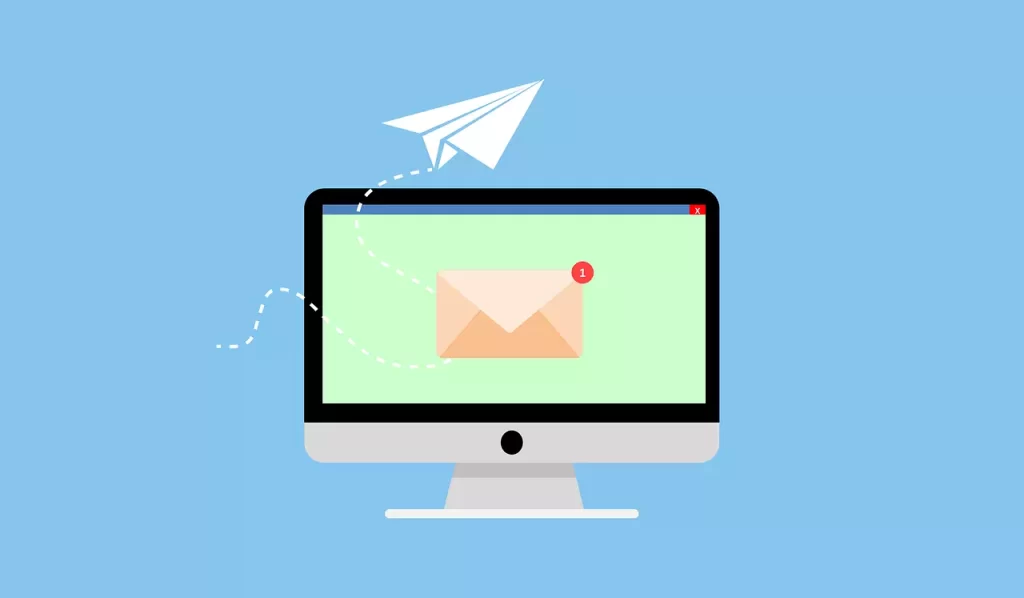
Email can be both a boon and a bane. The immediacy of email communication is wonderful, but your workday can easily be spent combating all of the spam and viruses that accompany your email. Here are six quick tips that I use to help me manage my email better.
I’m curious now who the genius was who said email would make our lives easier. Don’t you wish you could strangle this person on some days? Email has been both a blessing and a curse for me. I enjoy the immediacy of communication, but I despise all of the spam and viruses that must be avoided.
So, here are six quick tips that I use to help me manage my email better:
- The rule for dealing with email is the same as it is for dealing with paper correspondence. Handle it only once. When you’ve finished reading it, decide whether to delete it, respond to it, or file it for later action. Allowing your email inbox to grow to 1000 or more messages becomes extremely overwhelming and drains you of too much energy every day. I receive approximately 600 pieces of email per day, so if I didn’t do something to properly manage it, I’d be drowning in email.
- Resist the urge to constantly check your email. Rather than having the program check it automatically during the day, I have my email program set to check email every 4 hours, which is twice a day for my workday.
- Configure filters (in Eudora) or rules (in Outlook) to automatically sort email into appropriate folders. In Eudora, I have several mailboxes set up to house all of the posts from the discussion lists I belong to, newsletters I receive, and daily correspondence from clients. In many cases, I have sub-mailboxes set up under my primary mailboxes to further categorize the email that I receive. I’ve set up these mailboxes over time, and in many cases at the point where the email arrives in my inbox. It may take you 30 days or so to set up filters or rules for your email, but the effort will be well worth it. When I check my email now, the mailboxes containing new mail are highlighted.
- Ensure that your antivirus, firewall, and junk mail systems are all up to date. I use windows inbuilt virus protection and have it linked to my email system so that all incoming and outgoing messages are virus-scanned.
- If you’re receiving emails through your domain name, such as [email protected], and the email address is set up as a POP3 account, log into your web hosting account and make sure you’re only receiving emails at specific email addresses. Spammers will frequently send emails to postmaster@, webmaster@, or info@, as these are common email address aliases. If your hosting email account is set up to receive all email to bogus aliases (unrouted email), you will receive a lot of spam. Instead, access your hosting account and change your default email address to: blackhole: or alternatively: fail: No Such User Here, so you’ll only receive emails at the addresses listed.
Your email address should never be displayed on your website. Spammers purchase robot or spider programs that search websites for unencoded email addresses to add to their spam database. You can either use a contact form in which a visitor enters information and submits the form data to you, or you can use an email address encoder program.




